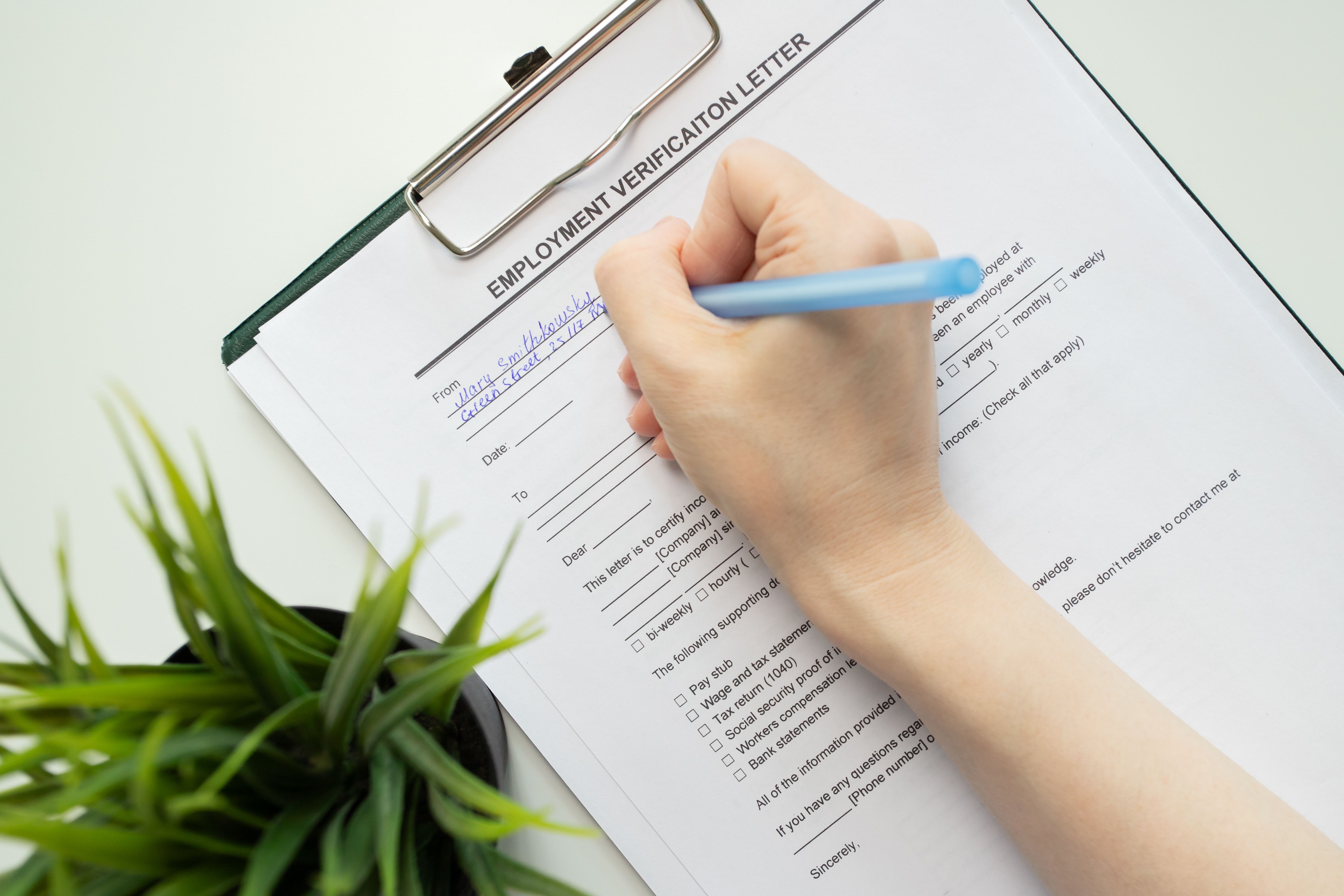Understanding I-9 Employment Verification Process
What is the I-9 Employment Verification Process?
The I-9 Employment Verification Process is a crucial step for employers in the United States to ensure that they hire legally authorized workers. This process is governed by the U.S. Citizenship and Immigration Services (USCIS) and requires employers to verify the identity and employment eligibility of all new employees. Understanding this process is essential for compliance with federal regulations and to avoid potential penalties.

Importance of the I-9 Form
The I-9 Form is a mandatory document that every employer must complete for each new hire. It serves as proof that the employer has verified the worker’s identity and eligibility to work in the U.S. The form consists of three sections, each requiring specific information and documentation.
Employers must retain these forms for a designated period and provide them upon request to authorized government officials, demonstrating their compliance with immigration laws. Failure to properly complete and retain I-9 forms can lead to significant legal consequences.
Steps Involved in Completing the I-9 Form
The I-9 process involves three main steps:
- Employee Information and Attestation: The employee completes Section 1 of the I-9 form on or before their first day of employment. They must provide personal details and attest to their employment authorization.
- Employer Review and Verification: Within three business days of the employee's start date, the employer must complete Section 2. This includes verifying the employee's documentation and signing the employer certification.
- Reverification and Rehires: Section 3 is used for reverification of work authorization or when rehiring a former employee, ensuring their continued eligibility to work legally.

Acceptable Documents for Verification
A critical part of the I-9 process is verifying identity and work authorization documents. The USCIS provides a list of acceptable documents divided into three lists:
- List A: Documents that establish both identity and employment authorization (e.g., U.S. passport).
- List B: Documents that establish identity only (e.g., driver's license).
- List C: Documents that establish employment authorization only (e.g., Social Security card).
The employee may present any one document from List A, or one from List B and one from List C.
Common Mistakes and How to Avoid Them
Despite its seeming simplicity, many employers make mistakes during the I-9 process. Common errors include missing signatures, incorrect dates, or incomplete sections. To avoid these mistakes, employers should train their HR staff thoroughly on I-9 requirements and regularly review completed forms for accuracy.

Employers can also utilize electronic I-9 systems that offer built-in error-checking features, helping to minimize human error and streamline the verification process.
The Role of E-Verify
E-Verify is an online system that complements the I-9 process by allowing employers to electronically confirm the employment eligibility of their employees. While participation in E-Verify is voluntary for most employers, it is mandatory for federal contractors and employers in certain states.
E-Verify provides a more robust check than the I-9 alone by cross-referencing data with federal databases, offering an additional layer of security against identity fraud.
Maintaining Compliance
To maintain compliance with I-9 regulations, employers should develop a consistent process for completing and retaining forms. This includes conducting regular internal audits to ensure all forms are accurate and up-to-date.
Employers should also stay informed about changes in immigration laws or policies that might impact the I-9 process, ensuring they adjust their procedures accordingly to remain compliant.
